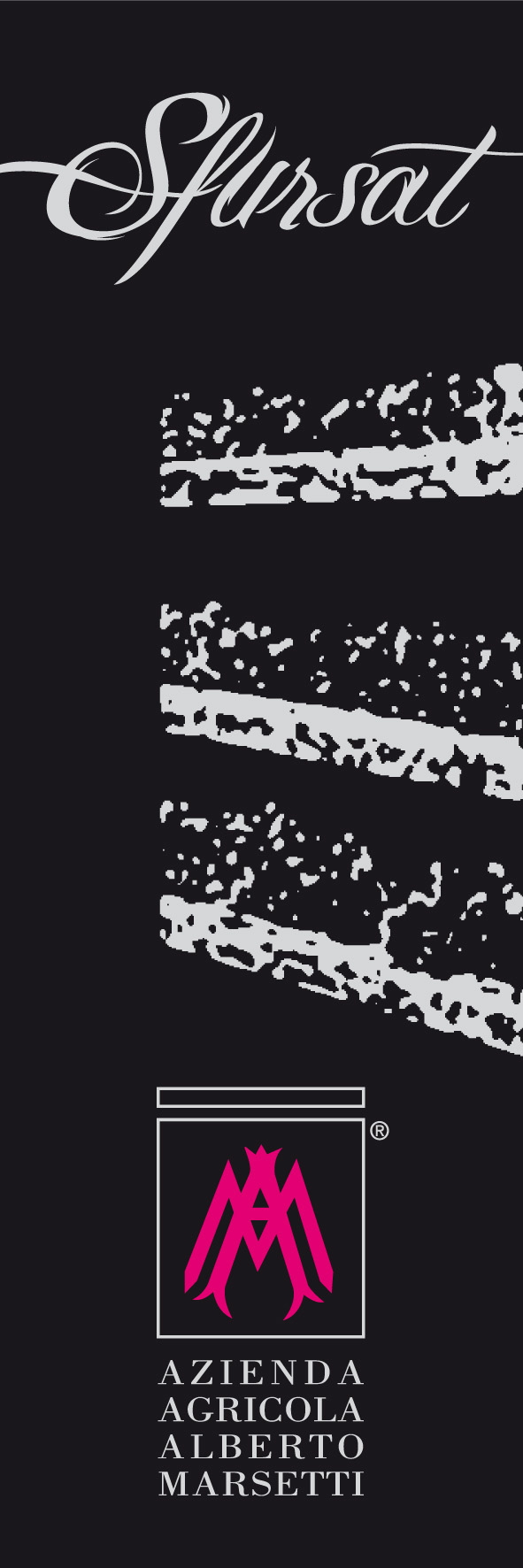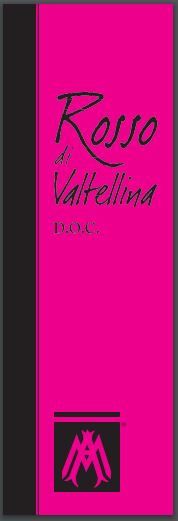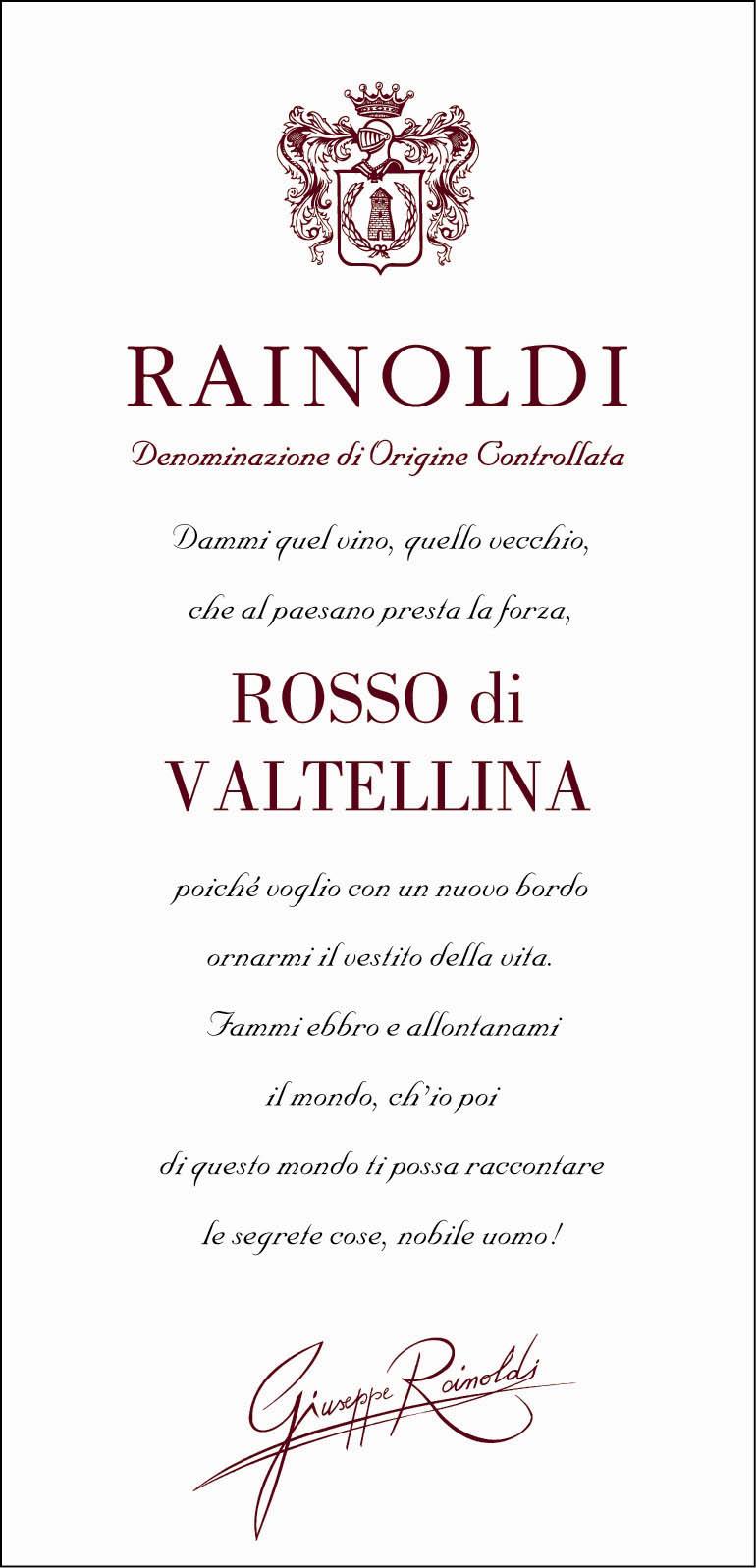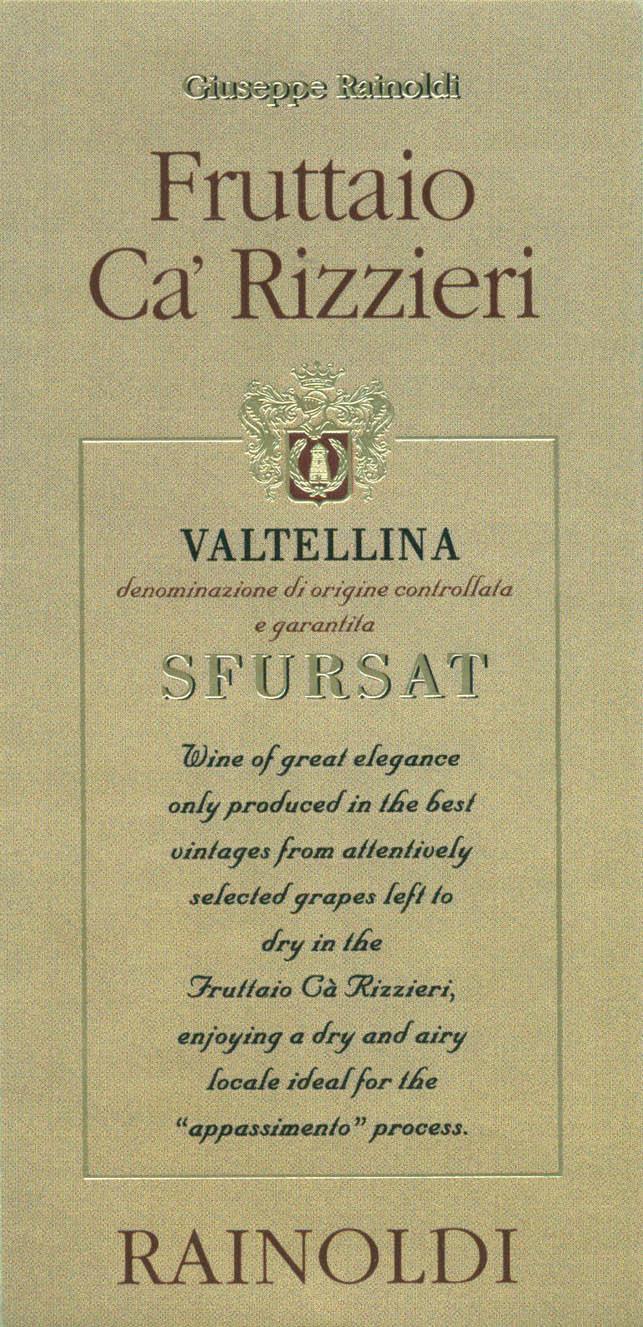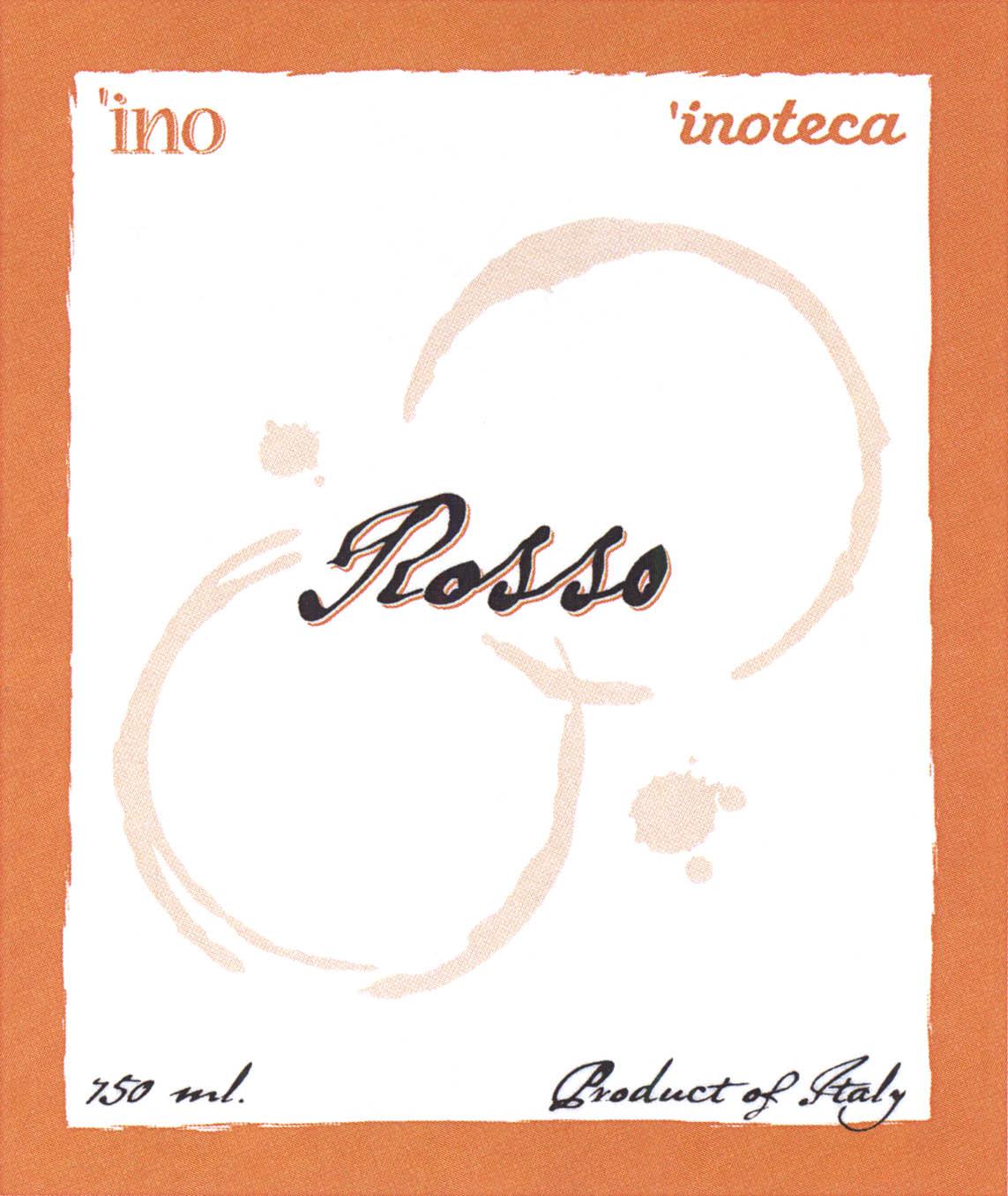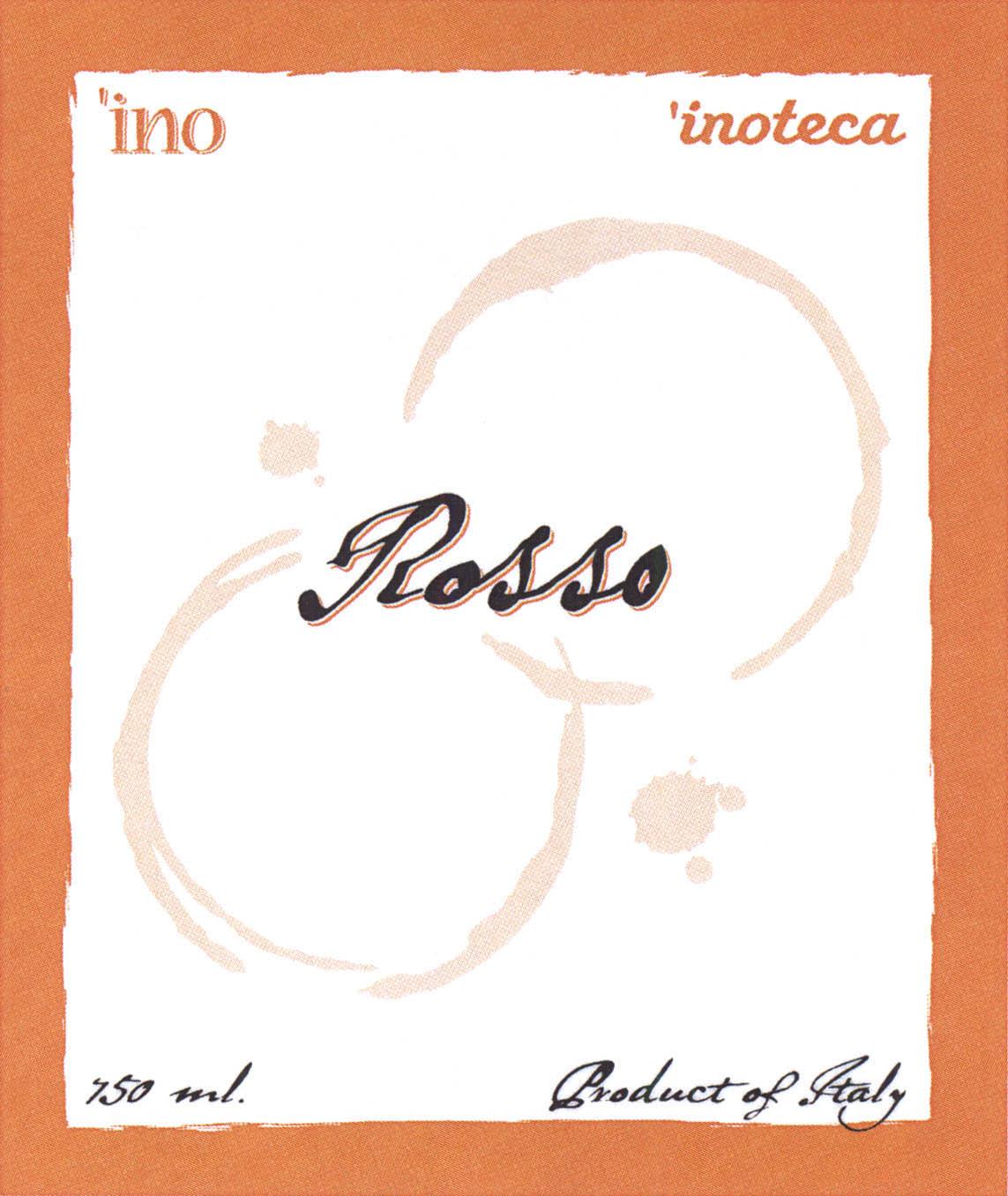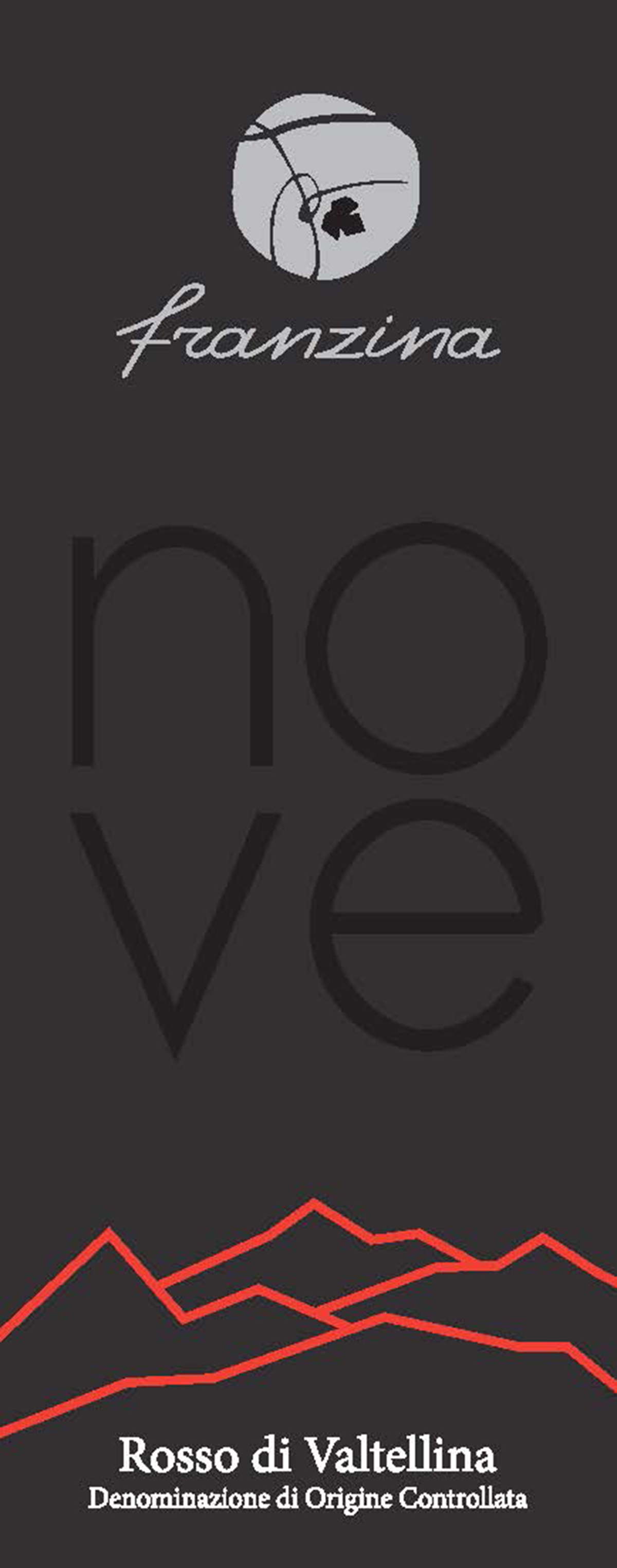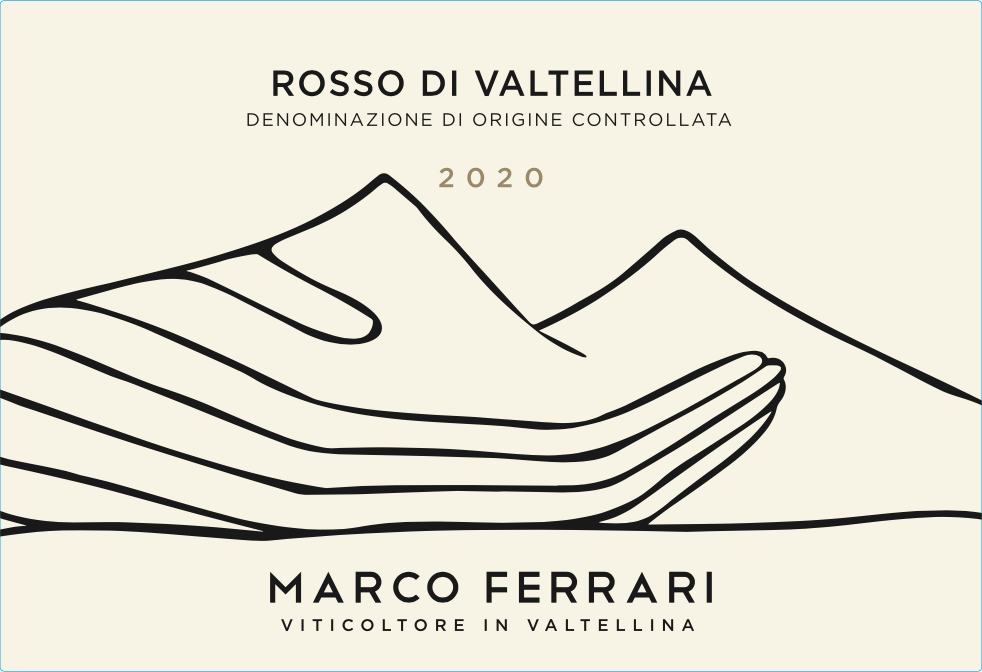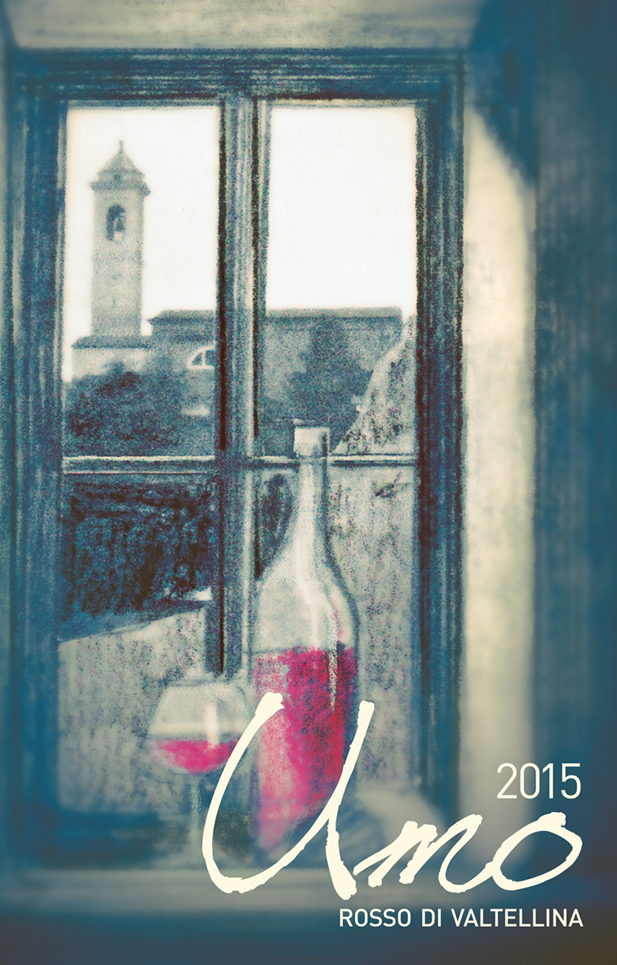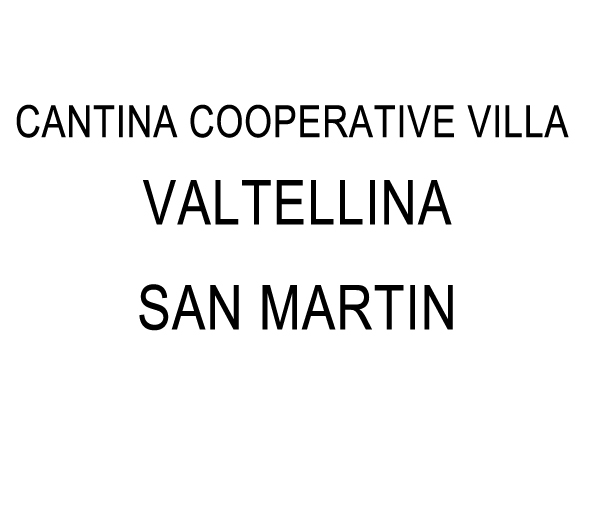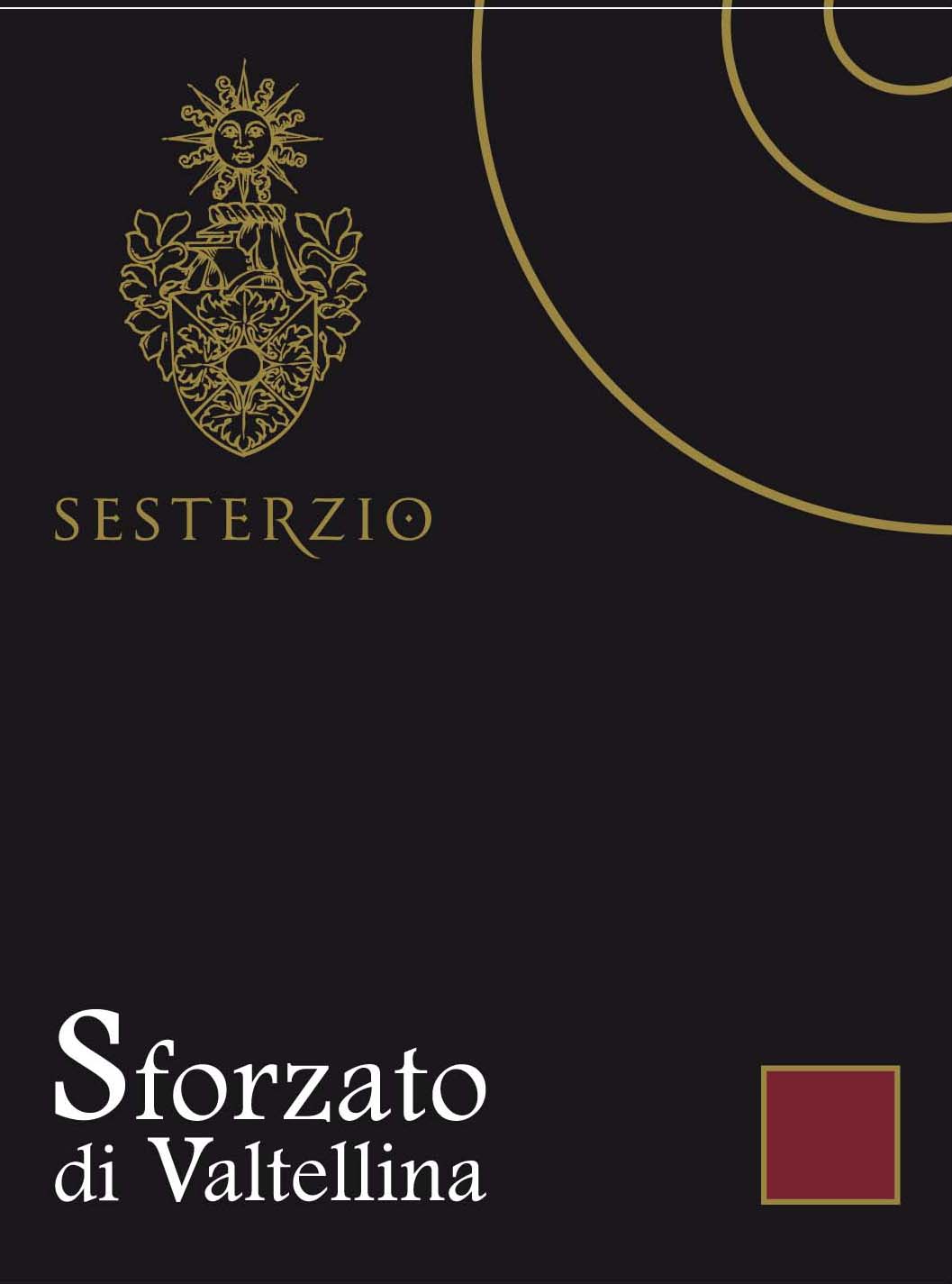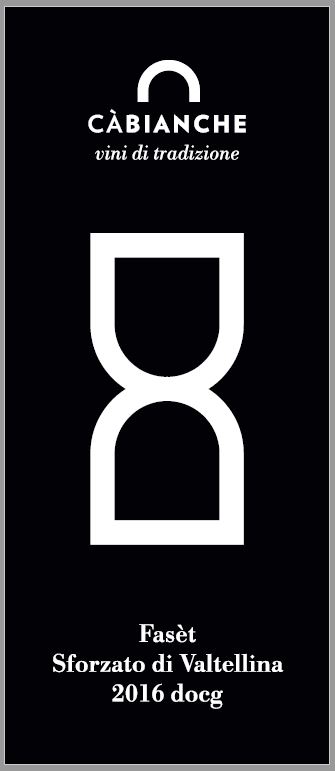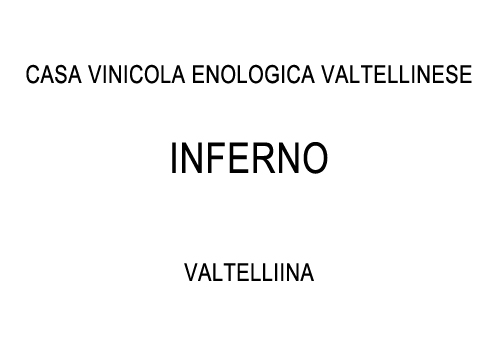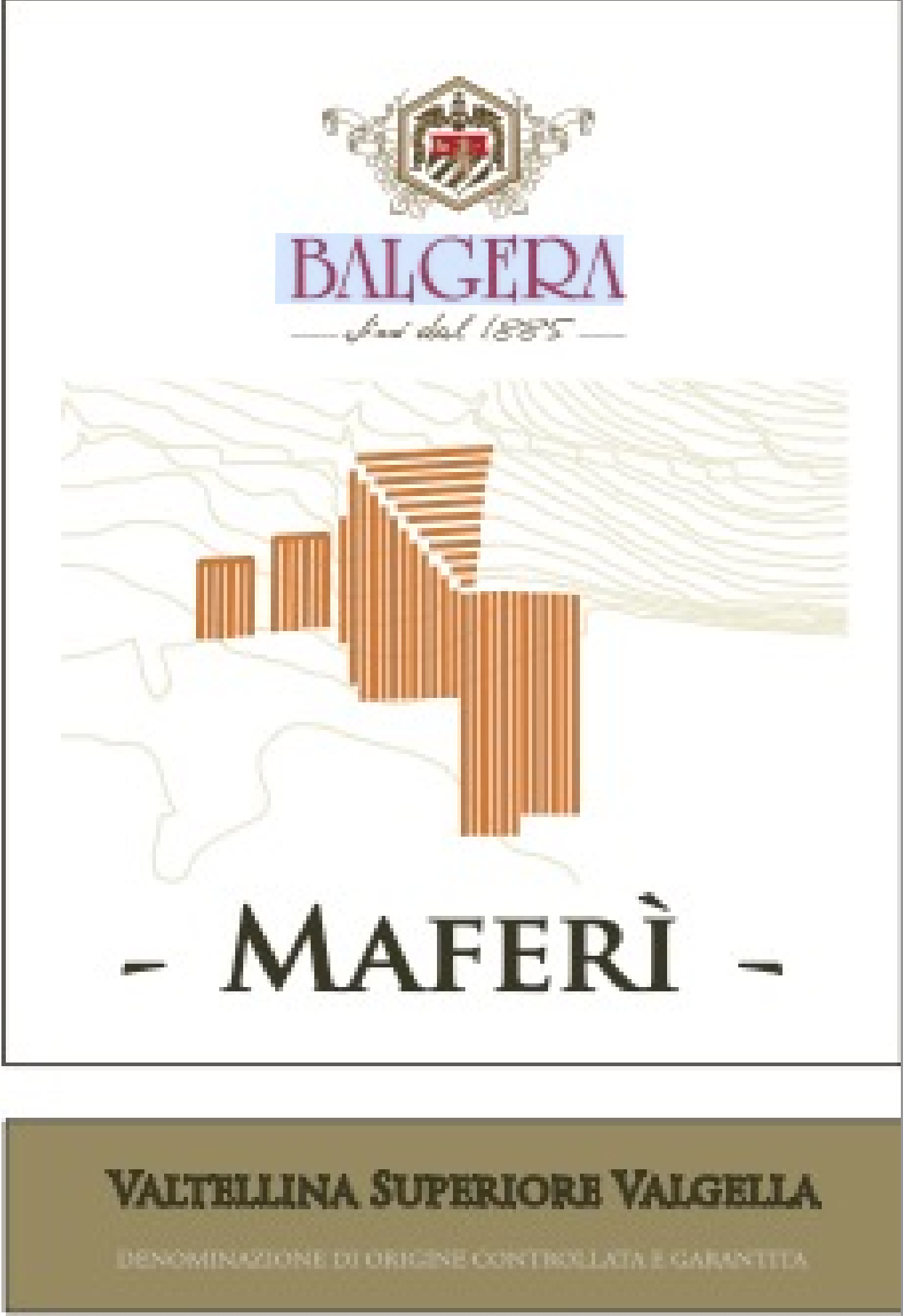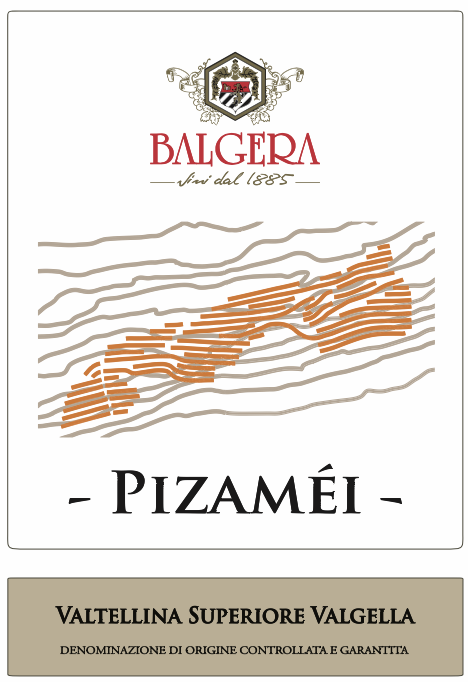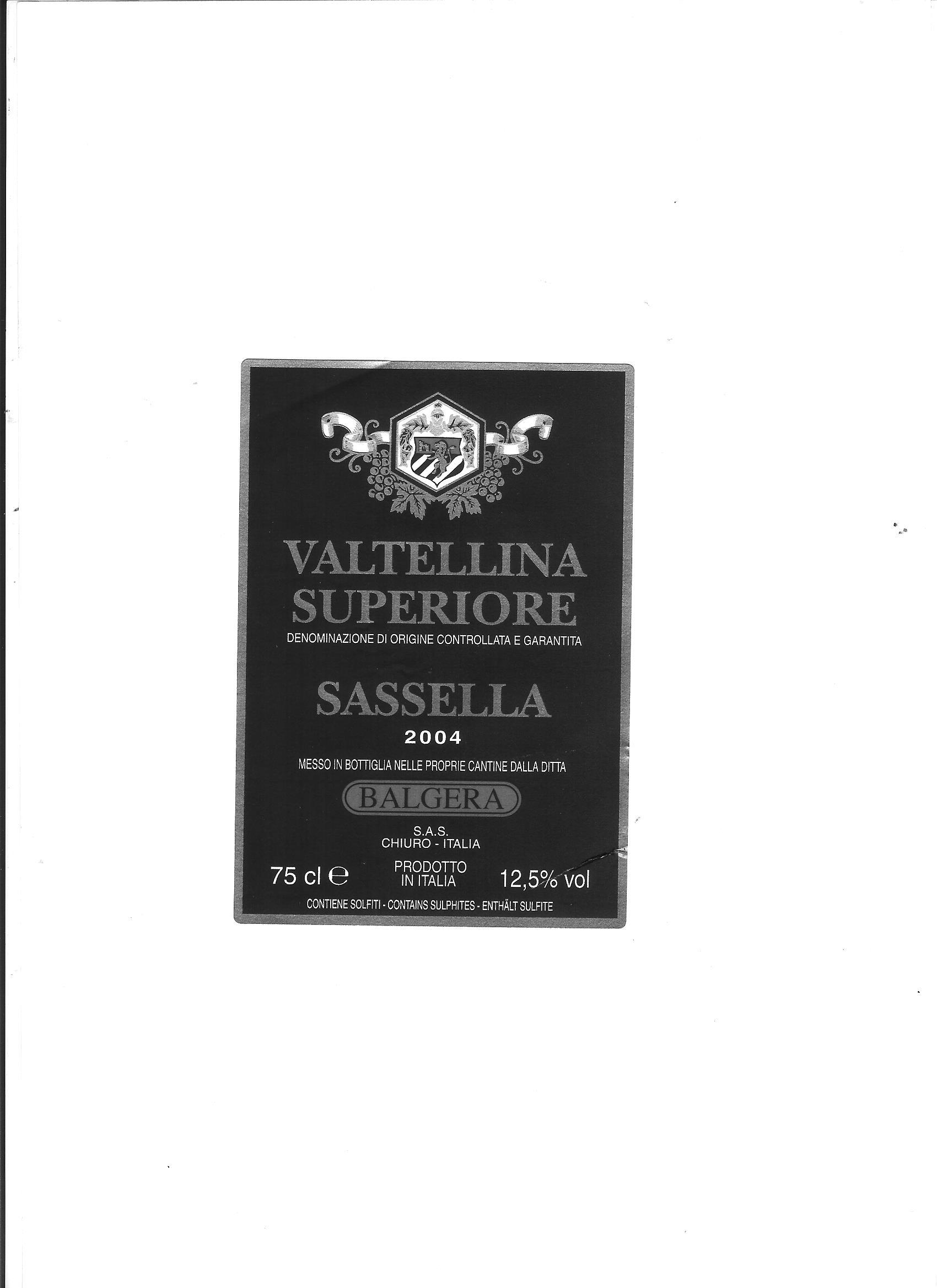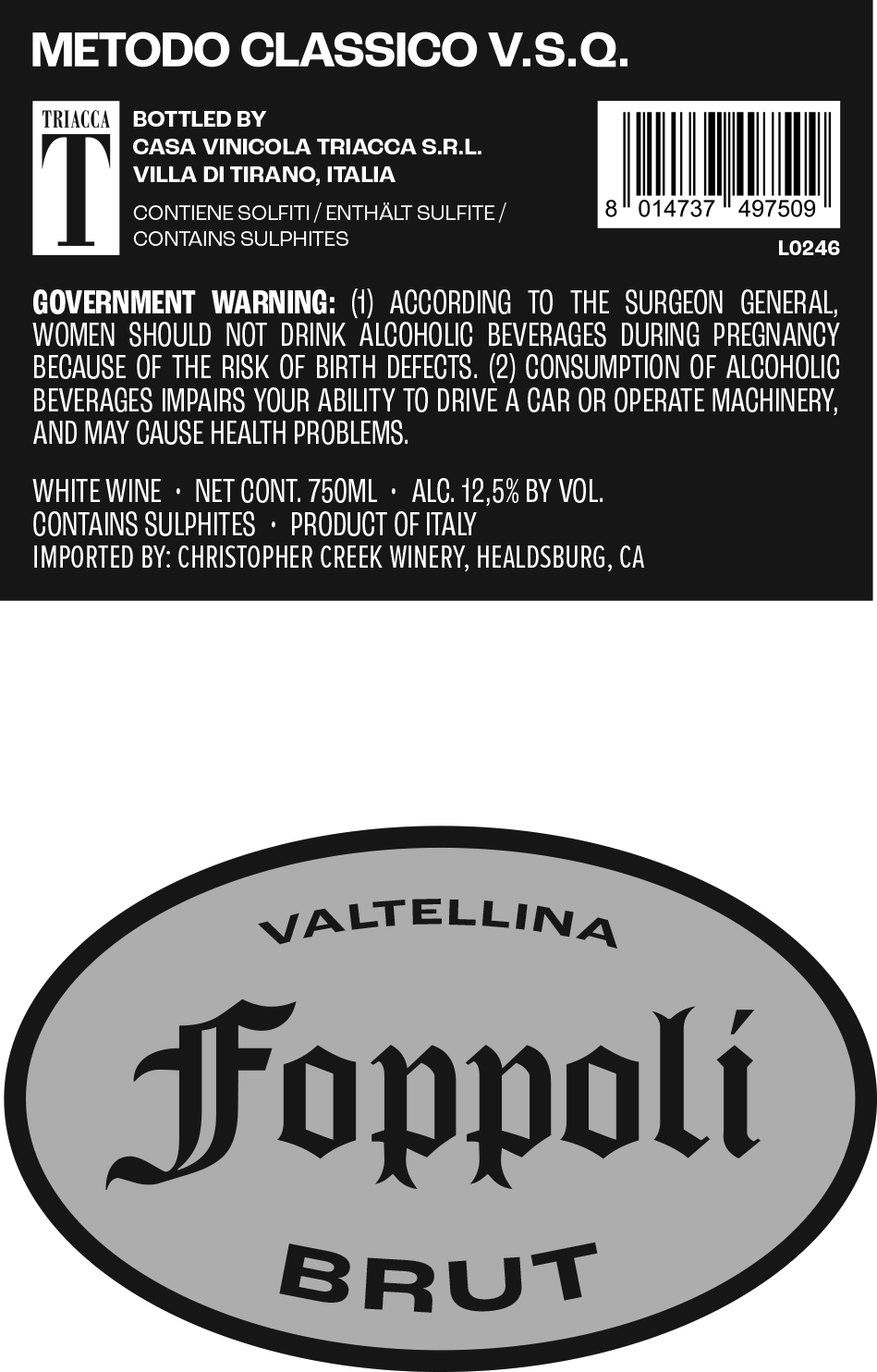Terroir of Valtellina
Valtellina's vineyards sit on narrow terraces carved into granite and schist slopes, with patches of alluvial and glacial soil. These lean, shallow soils push vines to develop deep roots, crucial for accessing moisture during the region's dry spells. South and southwest exposures ensure maximum sunlight, essential for ripening Nebbiolo grapes, while Alpine mountains shield against cold northern winds.
The climate is continental-Alpine, with cold winters and warm summers, and sharp day-night temperature swings that help maintain acidity and enhance flavor complexity. Warmer growing seasons have led to earlier grape ripening, but high-altitude vineyards still ripen slowly. Midday winds are vital for drying grapes used in Sfursat wine, while subzones like Sassella and Grumello offer unique microclimates. This blend of sun, soil, and climate crafts Nebbiolo wines that are both refined and balanced.
Notable Wineries in Valtellina
The Valtellina valley, nestled in Lombardy, Italy, is renowned for its heroic viticulture and exceptional Nebbiolo wines. Among its leading wineries, Nino Negri stands out for its cultivation of top-tier sites like Sassella and Grumello, offering the acclaimed Sfursat “5 Stelle.” Aldo Rainoldi, a family-run estate, collaborates with local growers to craft distinguished Valtellina Superiore and Sfursat wines.
-
Sandro Fay: Known for its organic practices in Valgella, producing expressive wines like Sfursat “Ronco del Picchio.”
-
Mamete Prevostini: Celebrated for nuanced Nebbiolos, including the ageworthy Sfursat “Corte di Cama.”
-
Pietro Nera and Conti Sertoli Salis: Both offer unique expressions of Nebbiolo’s alpine character.
These wineries, along with a growing number of boutique producers, highlight the region's dedication to quality and tradition.
Sustainable Winemaking in Valtellina
The Valtellina wine region is a beacon of sustainable viticulture, with many vineyards practicing eco-friendly farming on its iconic steep terraces. Relying on hand labor, these vineyards employ low-input methods, using minimal irrigation and natural cover crops to boost biodiversity. On the region's most challenging slopes, winemakers use cableways to transport materials, avoiding heavy machinery that can damage the terrain.
Winemakers often choose organic approaches, including fermentations with natural yeasts and minimal sulfite use, highlighting each vineyard's unique character. The local consortium backs "heroic viticulture," offering guidance to prevent erosion and protect the stunning landscape. By opting for neutral or older oak barrels, they preserve the wine's natural flavors, while a regional focus on reducing chemical use further underscores Valtellina's commitment to sustainability. This dedication ensures that the region's wines remain both environmentally friendly and exceptional in quality.
Wine Tourism in Valtellina
Valtellina, a picturesque region in Lombardy, Italy, offers a unique wine tourism experience characterized by its "heroic" viticulture. Visitors can explore historic wineries set on steep, sun-drenched terraces, where the Nebbiolo grape, known locally as Chiavennasca, thrives.
Towns like Teglio and Sondrio serve as perfect bases for exploration, with some vineyards offering charming farm-stay accommodations. The local cuisine, including dishes like pizzoccheri and bresaola, pairs beautifully with the region’s renowned wines, such as the prestigious Sfursat di Valtellina. Adventurous visitors can hike or bike through the terraced vineyards, enjoying breathtaking mountain views. Seasonal events, like open-cellar days and harvest festivals, provide immersive experiences, allowing enthusiasts to savor the distinctive flavors and traditions of Valtellina’s wine culture.
The region's commitment to sustainable and organic practices ensures that each visit is both memorable and environmentally conscious.



